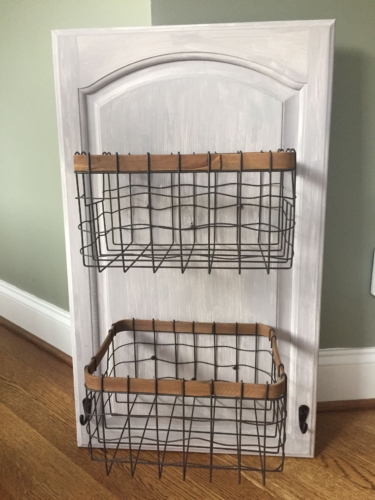The future of closets is expected to be marked by a growing emphasis on sustainable materials and practices in remodeling. As the world becomes more conscious of environmental issues and the need for sustainable solutions, the home improvement industry is adapting to meet these demands, and closets are no exception.
1. Use Sustainable Materials
Traditional closet construction often relies on wood products such as particleboard, which are made from virgin wood and can contribute to deforestation. In the future, there will be a shift towards using alternative materials that are more eco-friendly.
One such material is bamboo, which is known for its fast growth and sustainability. Bamboo is a renewable resource that can be harvested in a shorter time compared to traditional wood. It’s also highly durable, making it an excellent choice for closet construction. Other sustainable alternatives include reclaimed wood and engineered wood products that use recycled wood fibers.
2. Install Energy-Efficient Lighting
Another aspect of sustainable closet remodeling is the incorporation of energy-efficient and eco-friendly features. LED lighting, for example, is becoming increasingly popular in closet designs due to its energy efficiency and long lifespan. Motion sensors can be integrated to automatically turn the lights on and off when the closet is accessed, further optimizing energy usage.
3. Maximize Storage Space and Functionality
In terms of organization and design, future closets will prioritize maximizing storage space and functionality. This can be achieved through the use of modular systems that allow for flexible configurations and easy customization. By incorporating adjustable shelving, hanging rods, and drawer units, homeowners can optimize the use of space and adapt it to their changing needs over time.
4. Incorporate Recycling and Waste Management
Built-in recycling bins or compartments for separating different types of waste materials can promote responsible disposal and recycling habits. Sustainable remodeling practices will focus on minimizing waste during construction and recycling materials whenever possible.
4. Incorporate Smart Technology
Smart Technology will likely play a significant role in the future of closets. Smart closets can incorporate features such as inventory management systems, which help users keep track of their clothing and accessories. This can help minimize waste and unnecessary purchases. Smart sensors can also monitor humidity levels and temperature, ensuring the proper storage conditions for different items.
Overall, the future of closets will revolve around sustainable materials, energy efficiency, smart technology, and thoughtful design. With a greater emphasis on environmental consciousness, homeowners and the remodeling industry will work together to create closets that are not only functional and aesthetically pleasing but also aligned with sustainable practices.
Check out Tailored Closet Design: Customized For Your Unique Needs for more inspirational ideas.
About Us:
Founded in 2017, Satin and Slate is one of the elite interior design studios in Southern California. Located in Long Beach, this dedicated team of designers oversees from kitchen and bathroom renovations to commercial projects. Equipped with their own showroom/studio they can satisfy the needs of any client. Featuring clean lines, bright colors and fresh ideas Satin and Slate’s mission is to bring your vision to life and help transform your space into something extraordinary.









